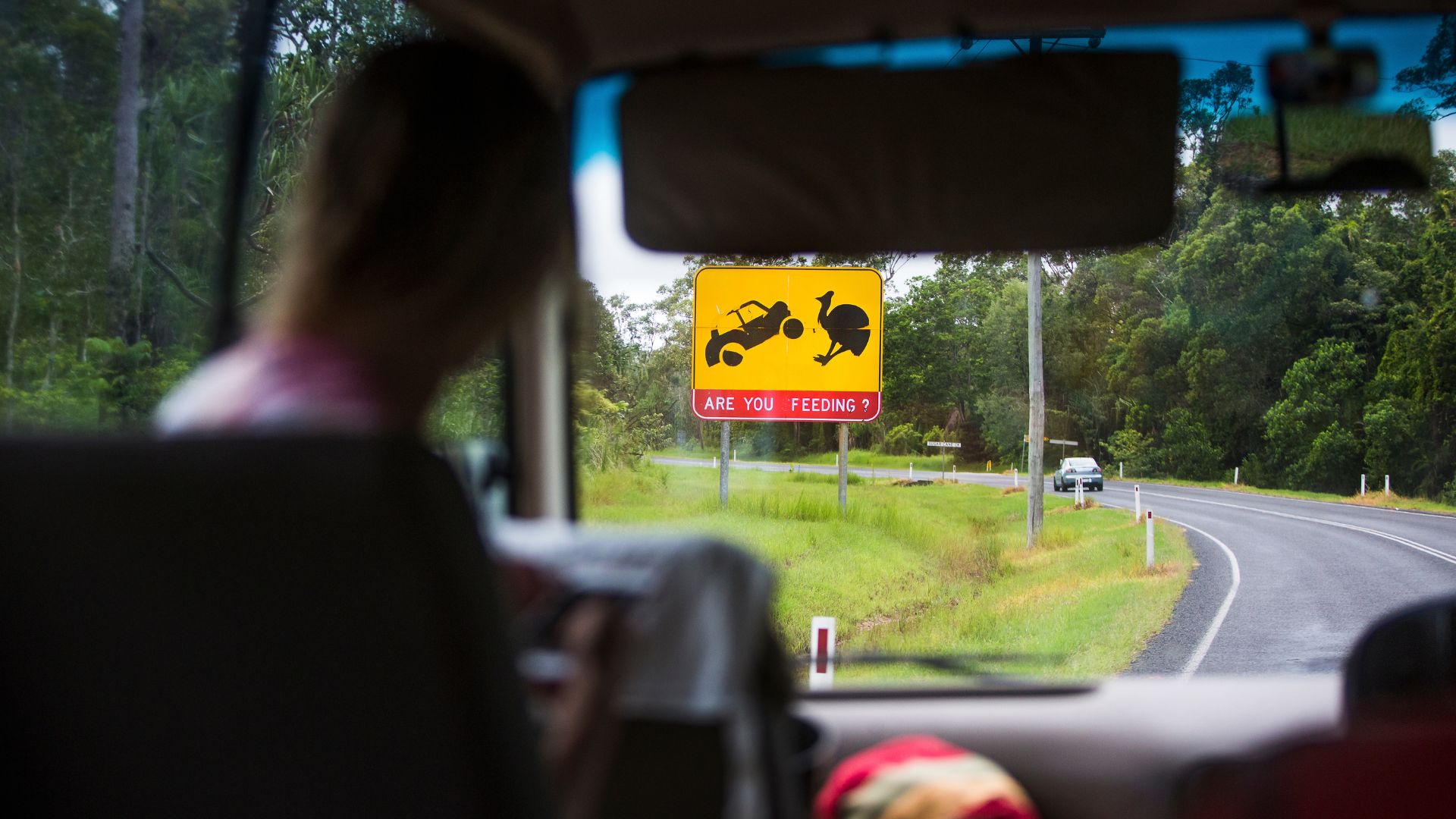A team of researchers funded by iMOVE Cooperative Research Centre (CRC) has successfully tested a world-first roadside technology that prevents animal-vehicle collisions in regional Australia.
The Large Animal Activated Roadside Monitoring and Alert (LAARMA) system was developed through a collaboration between the University of Sydney, Queensland University of Technology (QUT), and the Department of Transport and Main Roads Queensland.
The system uses artificial intelligence to detect animals near roads and alert drivers in real-time. By sharing their system as a freely available open-source resource, the team behind it hopes to save many endangered species worldwide.
LAARMA: An AI animal detector
The new system’s code will be freely available on GitHub, the collaborative platform where developers can share their code.
According to a press statement, this could enable conservation efforts worldwide to protect a wide range of endangered species. Examples include red pandas in Nepal, giant anteaters in Brazil, and snow leopards in Central Asia.
The team trialed the LAARMA system in Far North Queensland, a region where cassowary collisions are frequent. The system combines pole-mounted sensors—RGB cameras, thermal imaging, and LiDAR— with self-training AI that improves its detection accuracy over time. It warns drivers via flashing Variable Message Signs (VMS).
During a five-month field trial in Kuranda, a cassowary hotspot, LAARMA achieved a 97 percent detection accuracy, recording over 287 sightings. It also resulted in vehicle speed reductions of up to 6.3 km/h in the area.
A self-teaching system
Unlike traditional systems requiring human reprogramming, LAARMA’s self-supervised AI learns from each sighting. According to the researchers, they have recorded an improvement from a 4.2 percent initial detection rate to 78.5 percent by the trial’s end.
Dr. Kunming Li from the University of Sydney’s Australian Centre for Robotics highlighted LAARMA’s adaptability: “It doesn’t just function—it evolves,” he explained. “It learns what a cassowary looks like in varied conditions, making it more reliable over time.”
As for the messages on the VMS, QUT researchers applied behavioural science to design effective warning messages, tested through focus groups, driver surveys, and simulator trials.
“This protects endangered species like cassowaries while reducing risks for drivers,” explained Professor Ioni Lewis, project co-lead. “Hitting a cassowary at high speed can be catastrophic.”
Since 1996, 174 cassowaries have been killed by vehicles, with the true number likely higher.
“Cassowaries on or near roads is part of life in Far North Queensland,” said Ross Hodgman, TMR’s Regional Director North Queensland.
“We are committed to protecting this keystone species, not just for the important role they play in the health of the Wet Tropics Rainforest, but to reduce crashes from either a direct hit or a driver swerving to avoid a bird.
